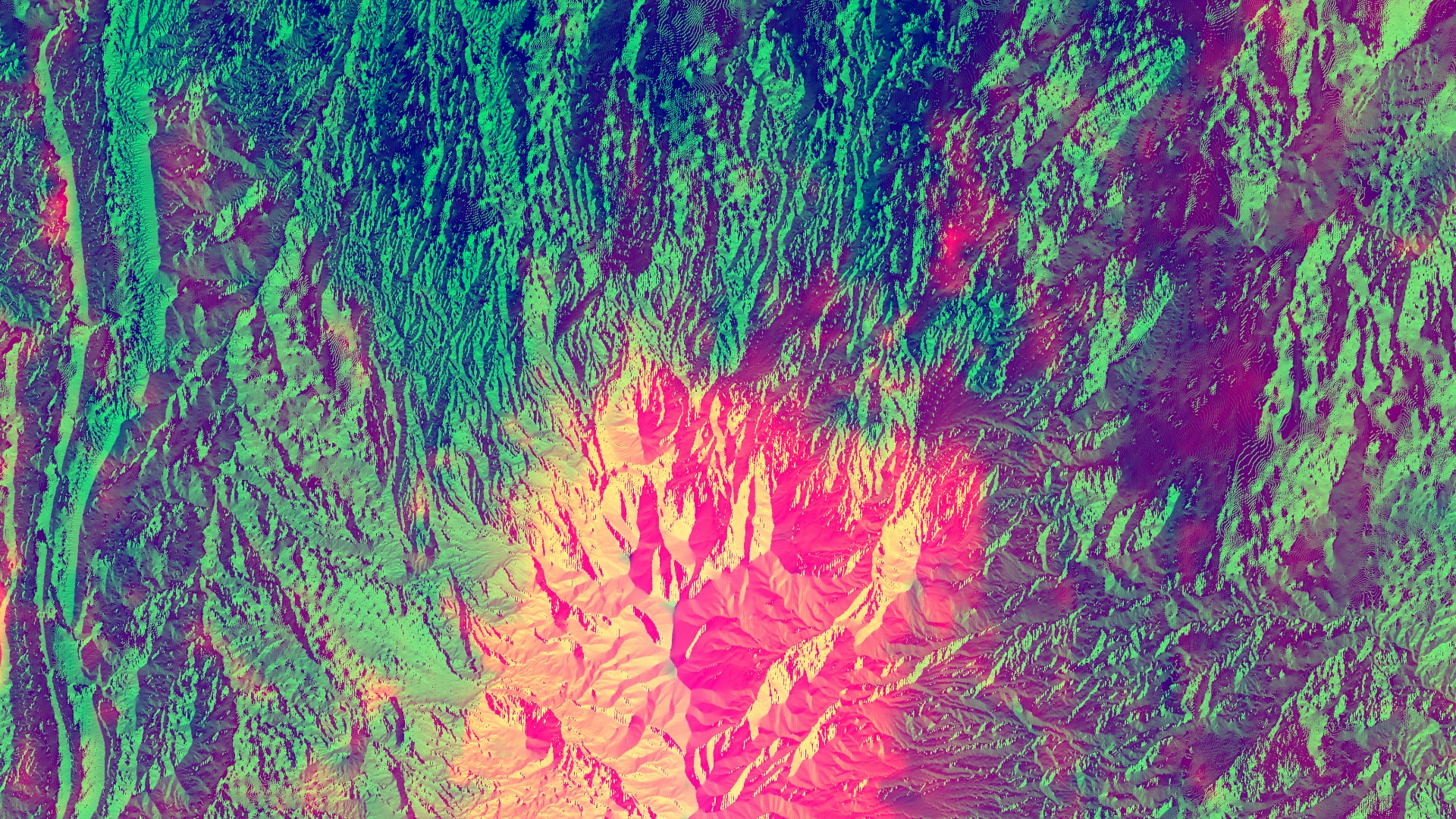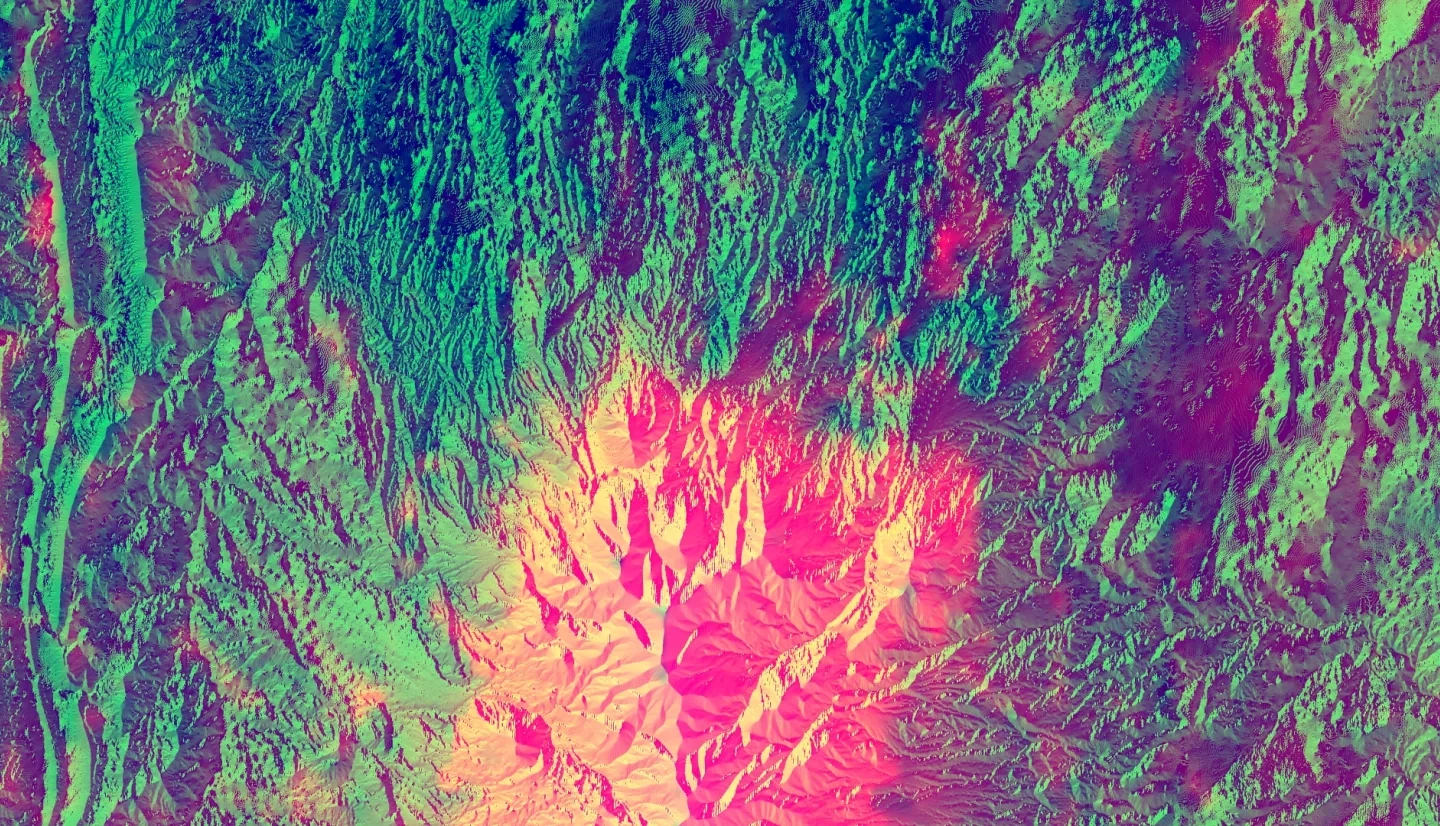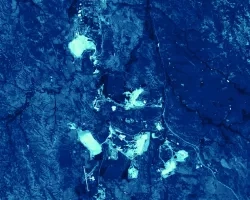
The eastern Great Basin (EGB) extends throughout the states of Arizona, Colorado, Idaho, Utah, and Wyoming, covering approximately 411,000 km2. In recent years, wildfires in the EGB have increased in frequency and size, representing a growing concern for our partners at the Bureau of Land Management (BLM), the National Weather Service (NWS), and the Great Basin Coordination Center (GBCC). Live fuel moisture (LFM) is an important factor in predicting wildfire risk, as dry vegetation requires less energy to combust than wet vegetation. Land managers currently derive LFM levels from just 165 in situ sites in the EGB. In order to provide partners with a more accurate assessment of LFM, the team used data from the National Elevation Dataset, Aqua and Terra Moderate Resolution Imaging Spectroradiometer, and Suomi National Polar-orbiting Partnership Visible Infrared Imaging Radiometer Suite. These datasets include vegetation indices, evapotranspiration, and topographic variables, which were used to create biweekly forecasts of LFM throughout the EGB. An accuracy assessment was conducted using historical in situ data from our partners at the BLM and the GBCC. This model allowed our partners to make informed decisions regarding resource allocation in response to the predicted timing and severity of wildfires in the EGB.



